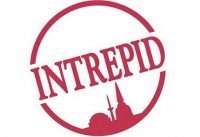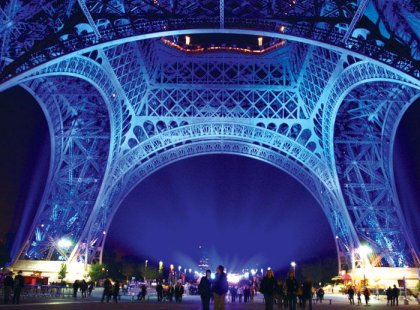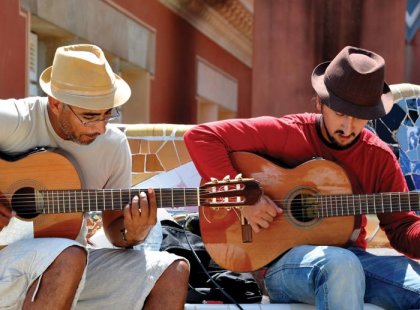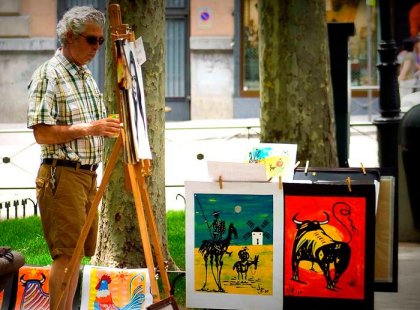Enjoy a unique travel experience through the unforgettable Spain, France, Luxembourg, Belgium, the Netherlands and Germany. Discover European class and grandeur on this journey from Madrid to Berlin. Enjoy all things arty – from Madrid’s inspiring Art Walk to Barcelona’s internationally renowned galleries and museums. Be captivated by Cuenca’s Old City, mosey round the markets of Valencia and get lost in the convoluted streets of Barcelona’s gothic quarter. Cruise through France’s canvas-perfect Provence region, stopping to admire Avignon before continuing on to Paris. Taste chocolate and beer in Belgium and Luxembourg, and perhaps learn how to pair the two, discover why Amsterdam captures the hearts of all who visit, and finish in Germany’s fascinating capital – Berlin. Steeped in history and architectural brilliance, this 3 week adventure combines sights and cultural experiences that reflect old-world Europe and define modern European culture.
-
Duration: 22 daysService level: Basic
-
Starts in: MadridPhysical Grading: Light
-
Ends in: BerlinAges: 15+
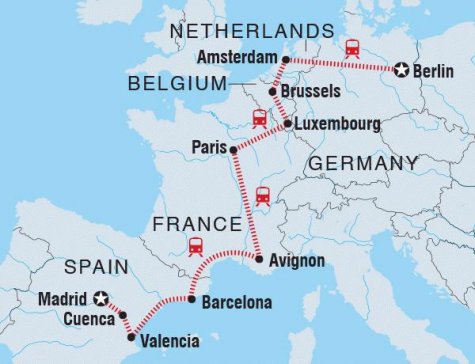
Itinerary
Start place: Madrid
Notes: To avoid queuing at the ticket windows of the Louvre you can buy your ticket in advance, but pre-sold tickets can't be collected at the Louvre. The ticket is valid every day except Tuesday (when the museum is closed) and certain bank holidays. Book your tickets at: louvre.fr.
An evening in Brussels wouldn't be complete without a huge portion of moules-frites (mussels and fries) and a glass of Belgian beer. If you like a night out, Ilot Sacre is a great place to find good food and fun bars. The Delirium Cafe is the ideal spot for listening to live blues deep into the night.
The Reichstag, designed by British architect Norman Foster, holds a special and symbolic meaning outside of its role as the home of parliament. The great glass dome that crowns the building also offers sweeping views over Berlin. Make sure you book your visit early in the morning, as queues can snake around the building for hours on end. Wander through the Brandenburg Gate and witness the crumbling remnants of the Berlin Wall that are scattered all over the city. Checkpoint Charlie and its museum overlook the former border checkpoint dividing East and West, explaining how the city came to be divided overnight and its attempts to escape from behind the Iron Curtain. Berlin is a haven for good food, with a mix of classic German, Bavarian and Italian influences. Consider spending an evening celebrating life as the locals do - at a bar, lounge, nightclub or embracing some live music.
End place: Berlin
Inclusions
Included
-
Transport
Bus, Metro, Public bus, Train, Tram -
Accommodation
Hostel (11 nights), Hotel (10 nights)
